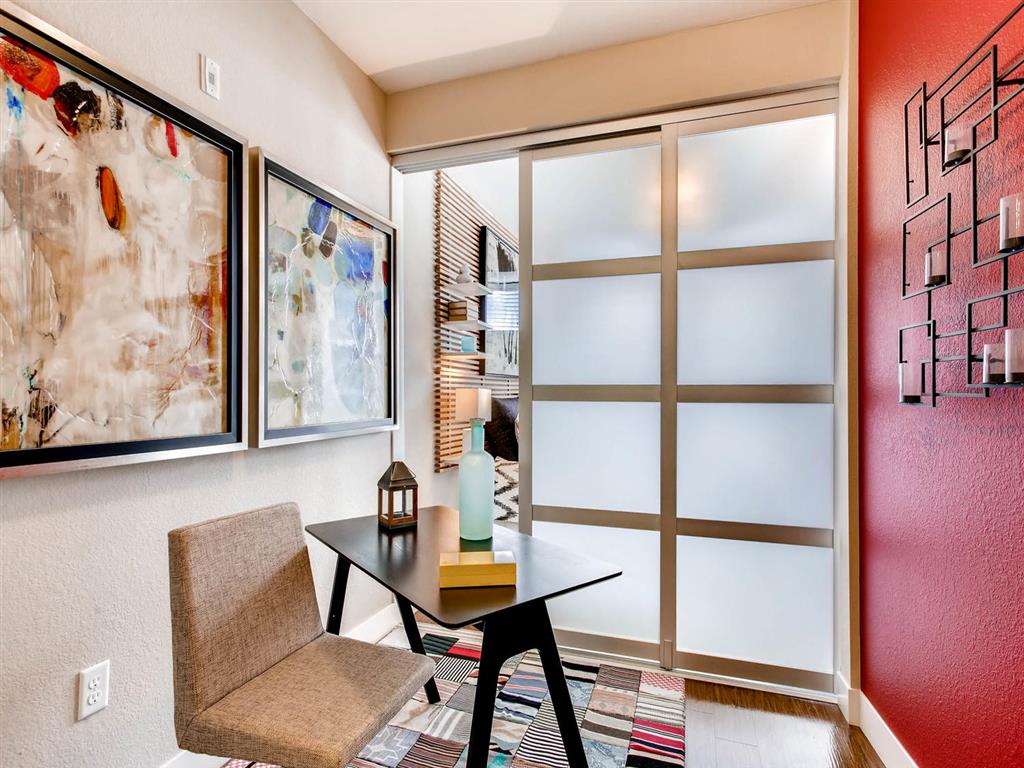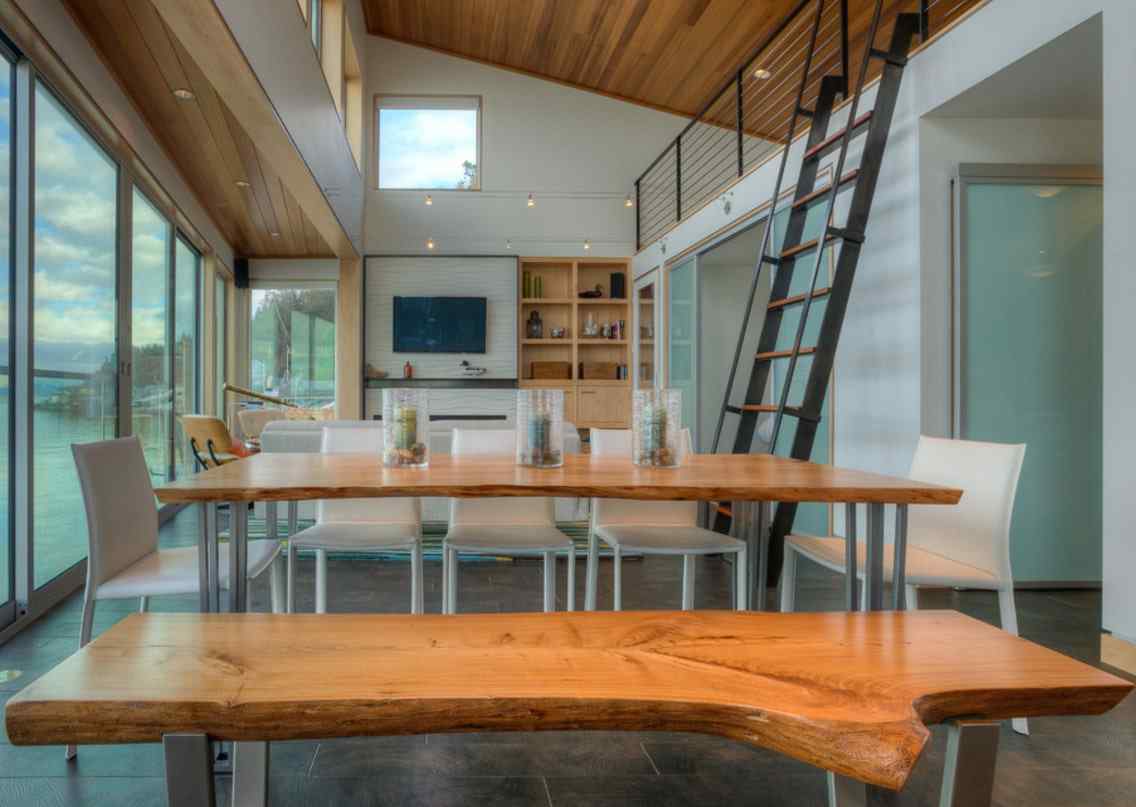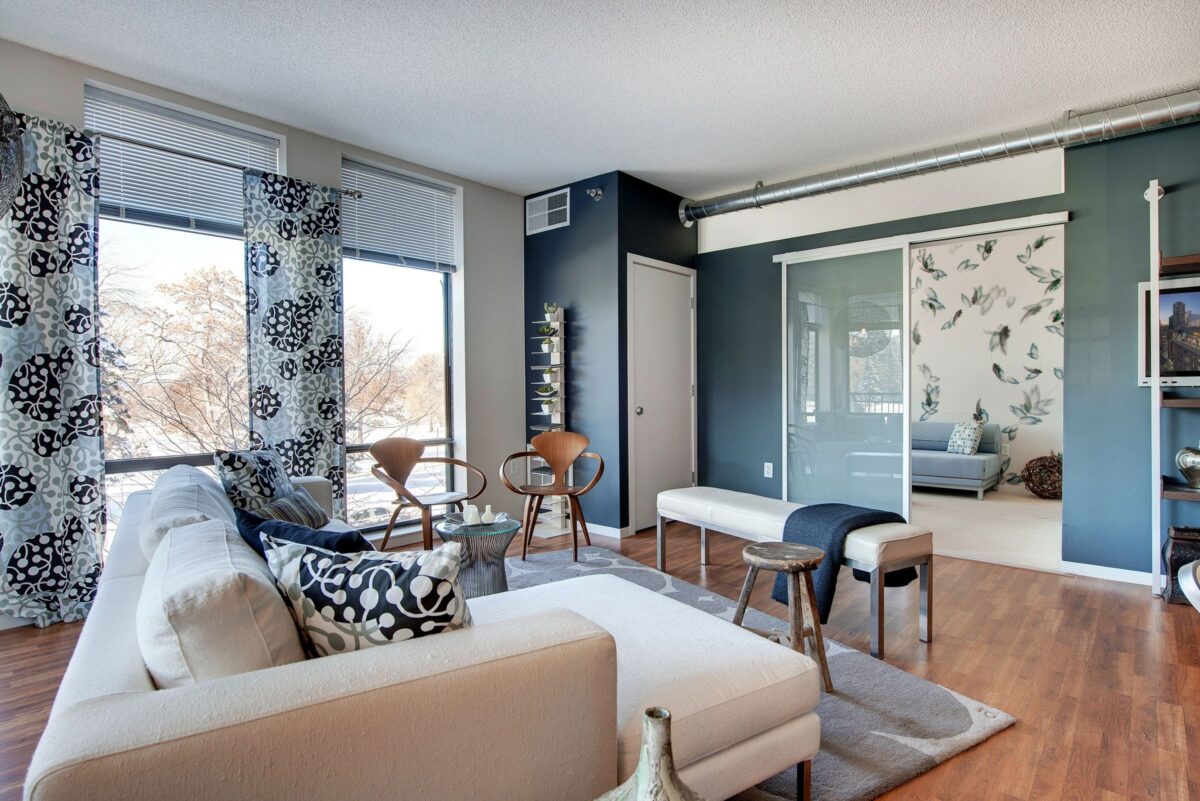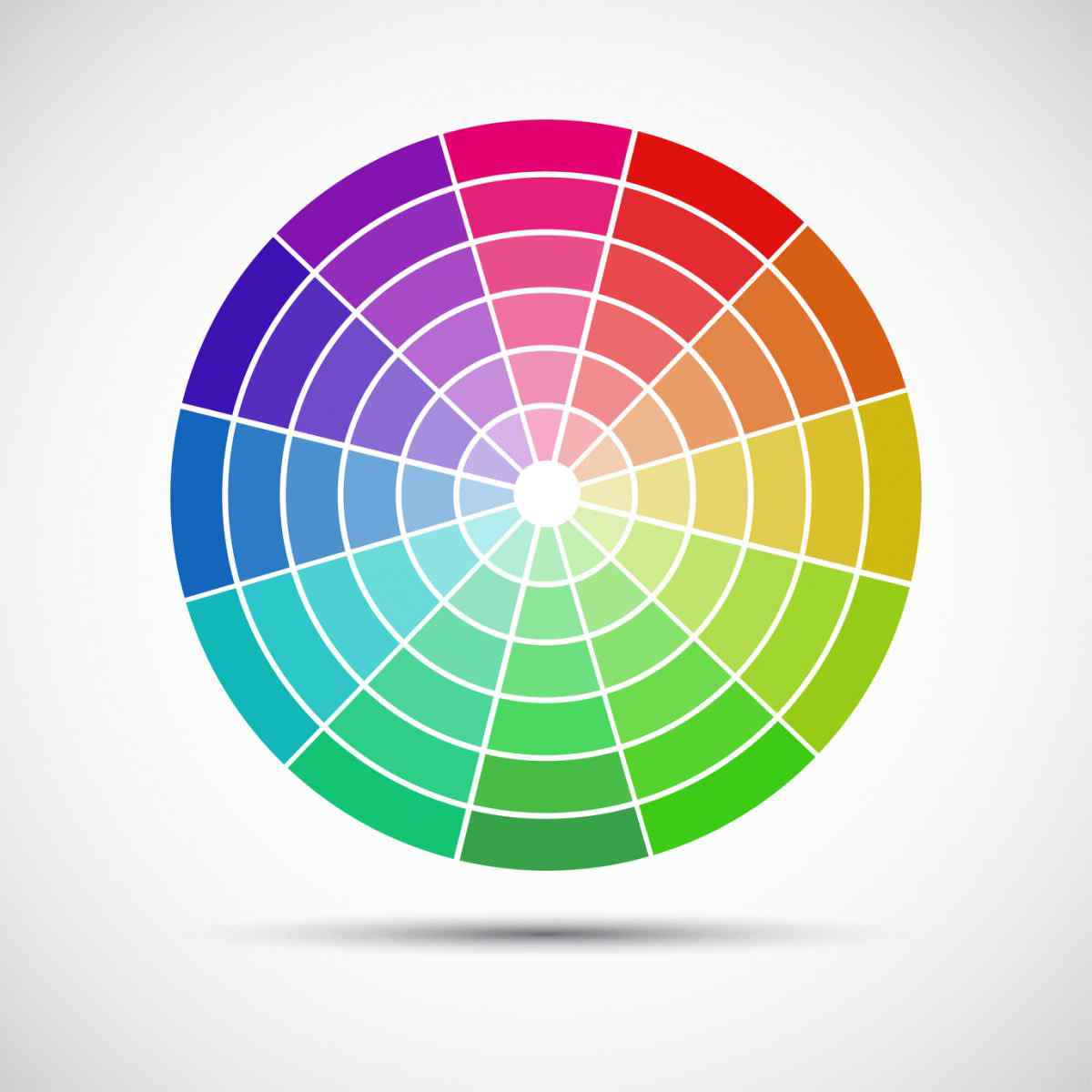Decorating your home seems like a fun and exciting task until you have to choose the perfect color schemes from thousands of options. How do you accomplish this like an expert if you have never done it before? By using a science experiment: the color wheel for interior design.
Color Wheel Beginnings and Basics
Sir Isaac Newton performed a prism experiment in 1666 and discovered a spectrum of colors in pure white light. He then classified these 12 colors into primary, secondary, and tertiary groups.
Primary colors are red, yellow, and blue. Secondary colors are those created when two primary colors are mixed, and they include violet, green, and orange, which are located between each of the primary colors. Tertiary colors are the result when a primary color and its adjacent secondary color are combined. As such, tertiary colors are:
- Yellow-green and blue-green
- Blue-violet and red-violet
- Yellow-orange and red-orange
Next, let’s learn about the psychological effects of different shades.
The Effect of Color
Red hues like brown, pink, and orange are warm tones which will add excitement and energy to a room. That being said, these lively shades aren’t ideal for places where you need to relax, like the bedroom.
Cooler purple, blue, and green shades will have a calming effect. Just as a red bedroom can make it difficult to relax, a blue, green, or purple office may sap your energy, making it hard to stay awake during the day. Once you’ve decided on the feel you want for a room, it’s time to choose a color scheme.
Common Color Schemes
If you choose two colors that appear beside one another on the wheel, you’ve chosen an analogous palette. This is ideal if you want to keep things simple and cohesive, but, for best results, ensure that 60% of the room is in the dominant color, 30% in the secondary, and 10% in an accent color.
Choosing colors located on opposite sides of the wheel will make this a complementary palette. This palette will allow for high contrast and energy and will encourage you to stretch your imagination to those shades which fall beyond the primary category.
A monochromatic palette consists of different depths and saturation of a single color in the wheel, and these are ideal for a proper color balance. For inspiration to choose the right set of monotone shades, consider which colors you really love to look at or wear.
In addition to color schemes, you can ensure that every room has a focal point to draw the eye, like a fireplace or sculpture. However, if you want to add modern style, replace solid walls with unique and functional sliding glass doors.
Glass Walls and Doors for Every Interior
There is nothing like the beauty, customization options, and easy installation of glass doors. The Sliding Door Company ensures your satisfaction at every step. Discover how easy getting safe, high-quality, completely interior sliding doors for your home can be; claim your free consultation today.


 PARTITION WALLS
PARTITION WALLS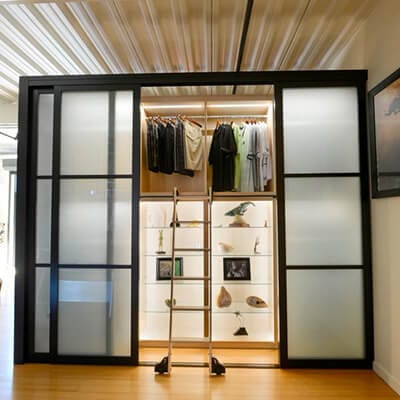 CLOSET DOORS
CLOSET DOORS WALL SLIDE DOORS
WALL SLIDE DOORS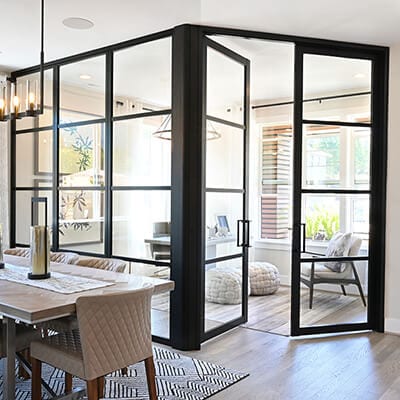 SWING DOORS
SWING DOORS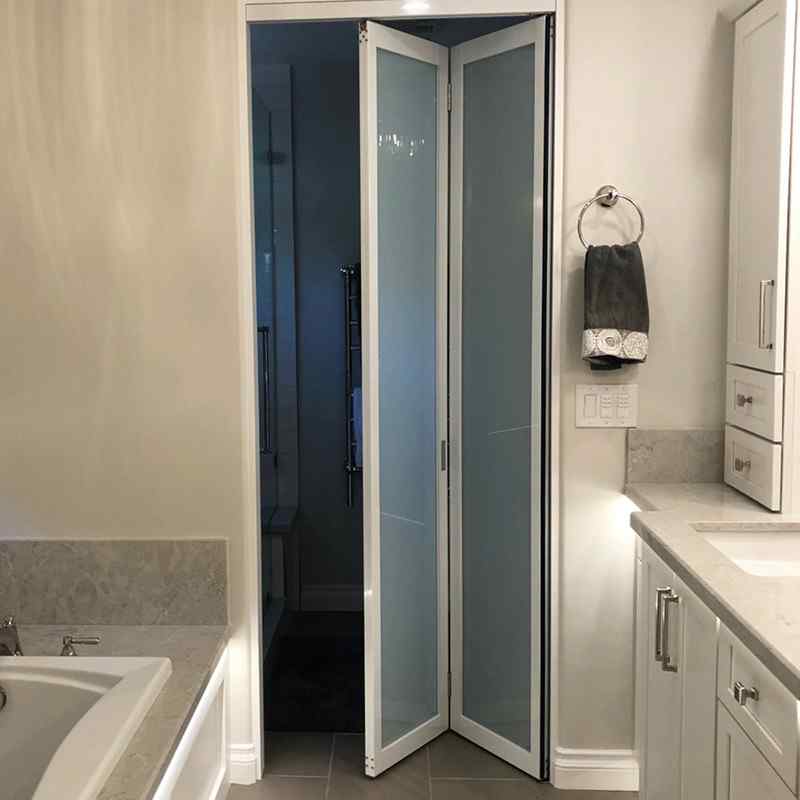 BI-FOLD DOORS
BI-FOLD DOORS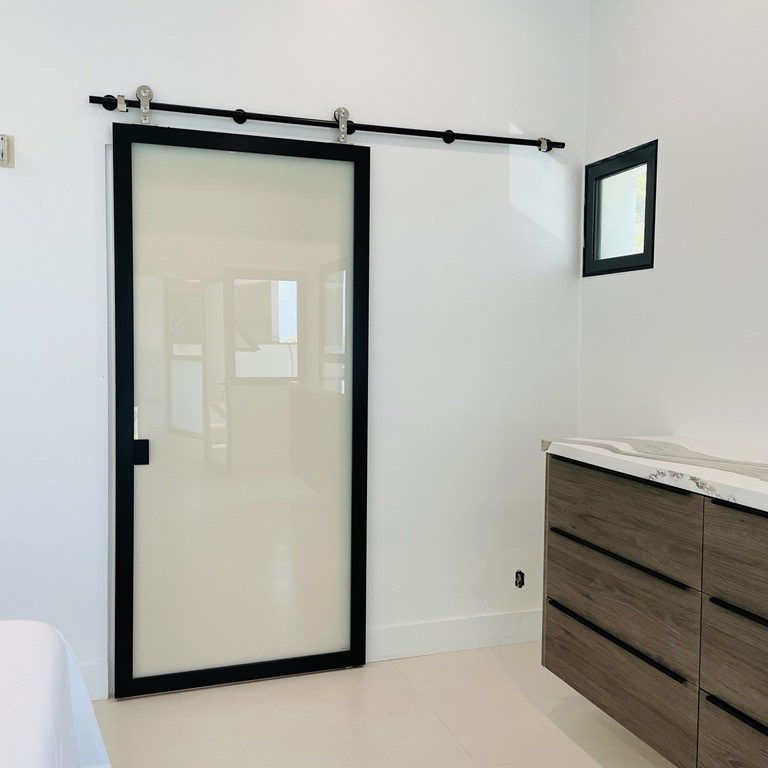 BARN DOORS
BARN DOORS SUSPENDED DOORS
SUSPENDED DOORS
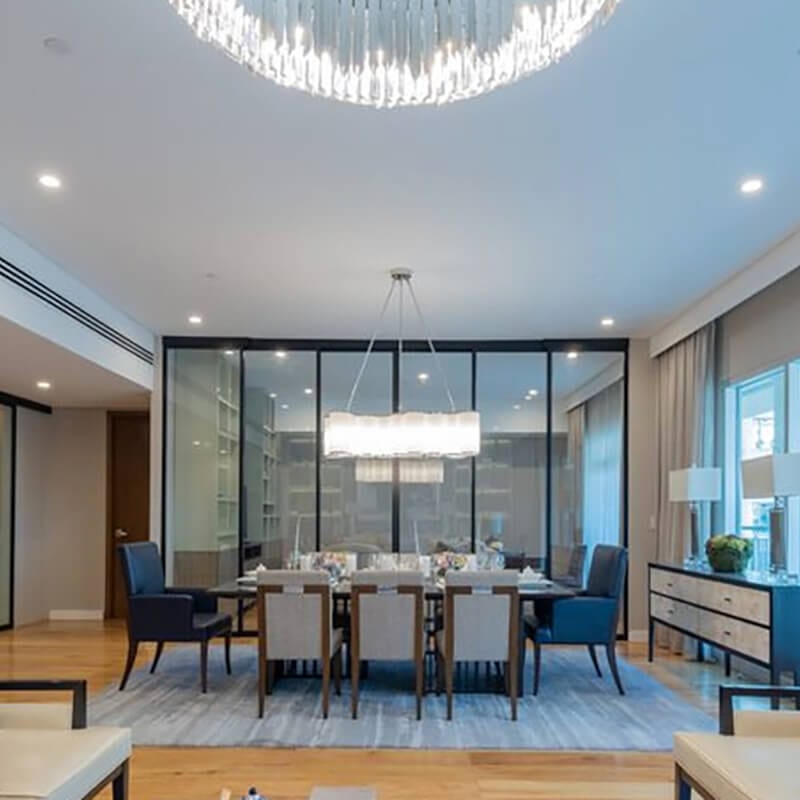 HOSPITALITY
HOSPITALITY CO-WORKING
CO-WORKING HEALTHCARE
HEALTHCARE BRICK & MORTAR
BRICK & MORTAR EDUCATION
EDUCATION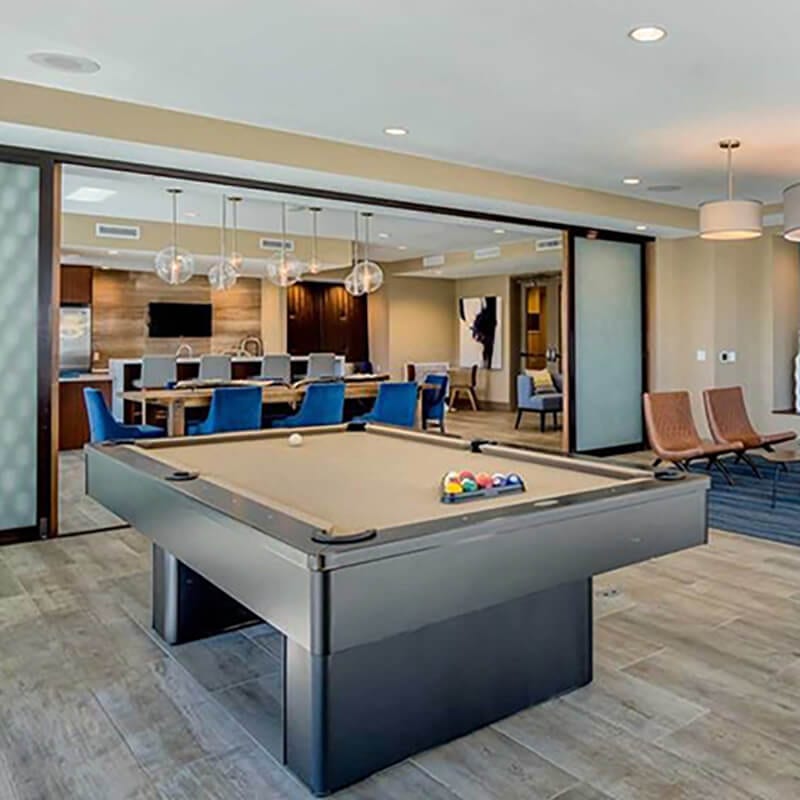 MULTI-FAMILY
MULTI-FAMILY BECOME A TRADE PARTNER
BECOME A TRADE PARTNER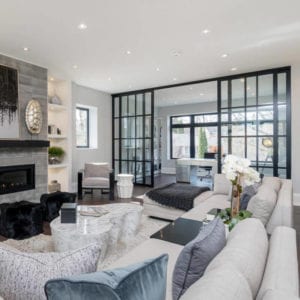
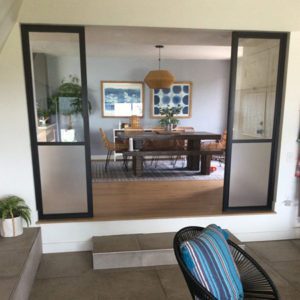 PARTITION WALLS
PARTITION WALLS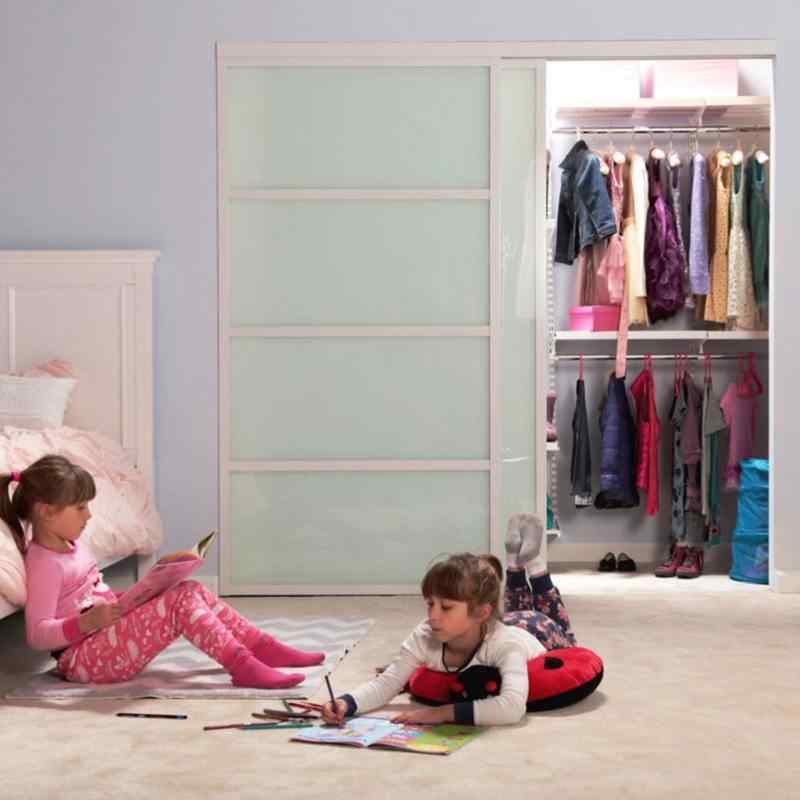 CLOSET DOORS
CLOSET DOORS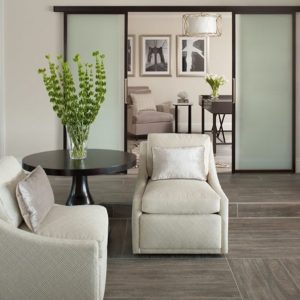 WALL SLIDE DOORS
WALL SLIDE DOORS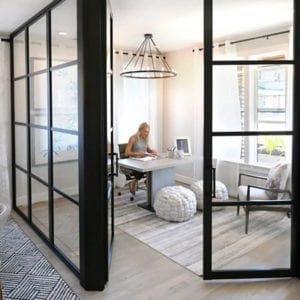 SWING DOORS
SWING DOORS BI-FOLD DOORS
BI-FOLD DOORS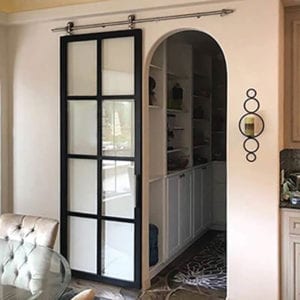 BARN DOORS
BARN DOORS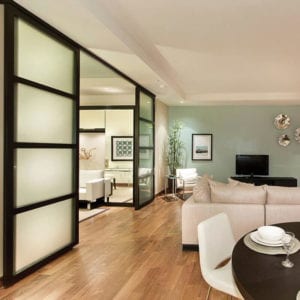 SUSPENDED DOORS
SUSPENDED DOORS

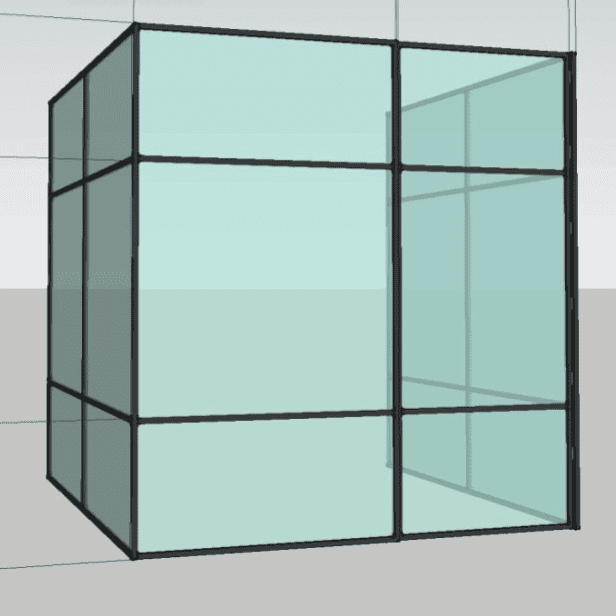

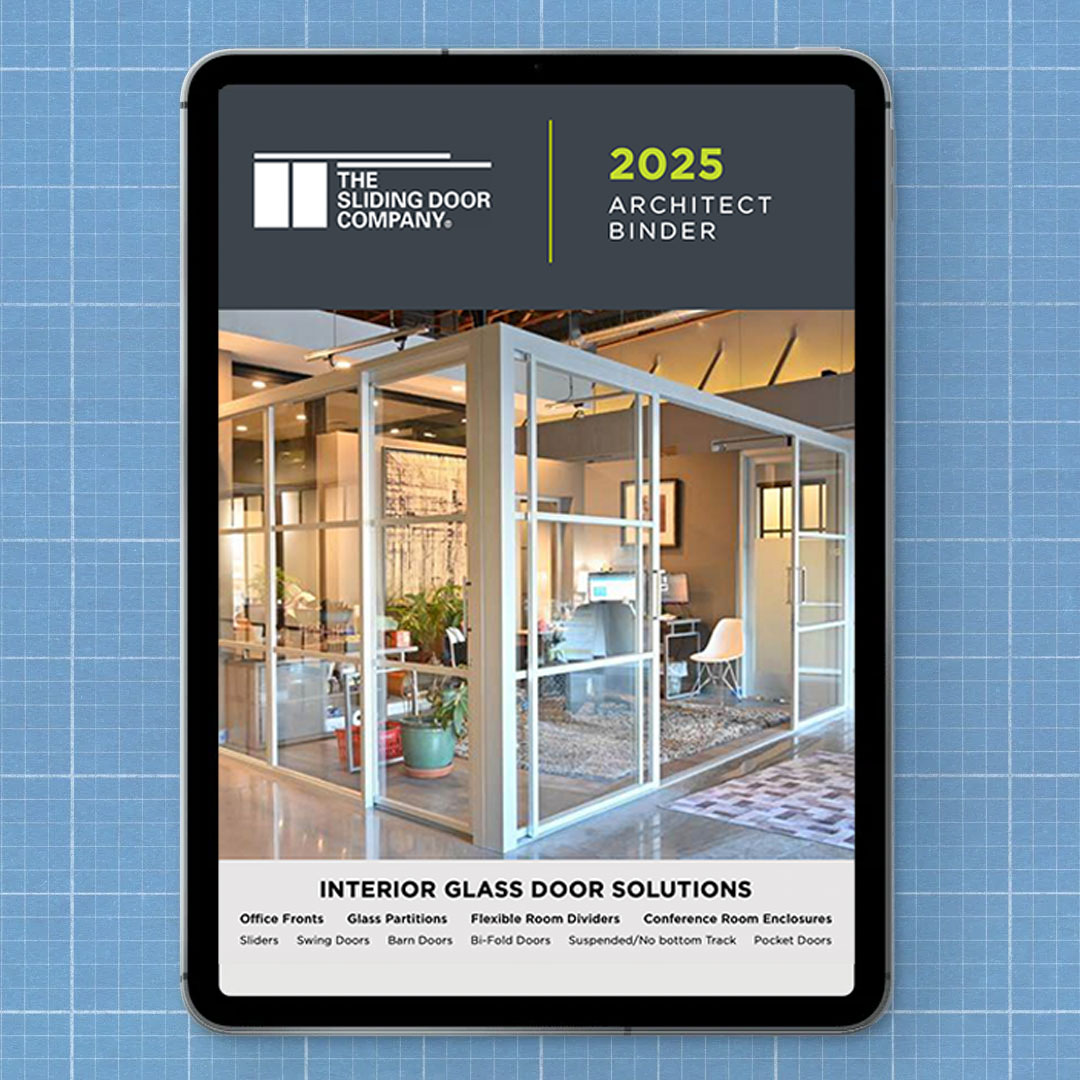
 10 REASONS
10 REASONS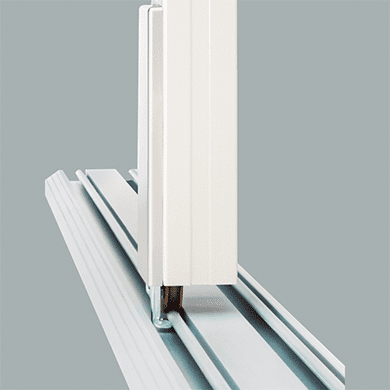 OUR PATENTS
OUR PATENTS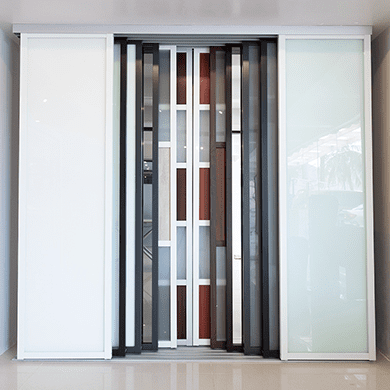 OUR PROCESS
OUR PROCESS OUR WARRANTY
OUR WARRANTY WHO WE ARE
WHO WE ARE CAREERS
CAREERS
